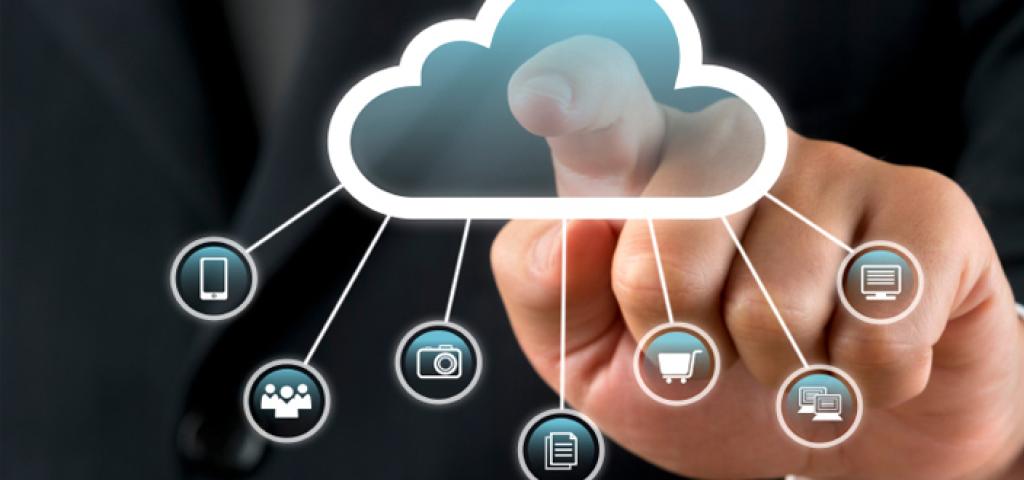
Building Your IoT: Four Considerations for Converging IT and OT Infrastructures

In a previous post, I wrote about how a systems-level approach to the IoT will help businesses bridge the gap between the physical and digital worlds. In this post, I will cover some key practical issues of how these physical and digital domains can be most efficiently and effectively connected.
Within most organizations, bridging the physical and digital worlds depends on the convergence of operational technology (OT) on the physical side and informational technology on the digital side of IoT.
OT organizations run the sensors, devices and machines that interact with the physical world while IT has the resources for bringing that data from the physical world into the cloud and enterprise systems for enterprise resource planning (ERP), customer relationship management (CRM) and other key applications.
To tap the IoT’s full potential, businesses need to bring these two traditionally separate houses together. We recommend companies take into consideration four key issues for converging their IT and OT infrastructures:
1. Be All Business
When assessing IoT efforts, start by focusing on the business outcomes you want to achieve. With all the hype around IoT, it is tempting to get carried away with the technology transition. However, IoT has the potential to transform businesses in two dimensions:
- Boosting business optimization by maximizing existing infrastructure or lowering OPEX.
- Creating new revenues streams by enabling new services or business models.
Focusing on the tangible outcomes you are trying to achieve will allow you to frame the opportunity at a sufficiently strategic level to bring the gaps among cross-organizational silos, particularly with IT and OT teams.
2. Stay Standard
When installing new OT infrastructure, prioritize equipment that has native support for common IT and Internet communications stacks, security protocols and development languages. This is perhaps the single biggest technology change and challenge of the IoT.
Until very recently, industrial systems and embedded systems makers gave little thought to the Internet or common standards for linking heterogeneous systems. But now such interoperability is paramount to the IoT, and, in fact, it is the essence of what the IoT is as a system of systems.
Also, decades of brownfield equipment already exist in OT infrastructures. Organizations need to focus on the most efficient ways to fully integrate these systems into their standardized, IP-based IT networks. This is usually achieved with cloud technology like Wind River Helix Device Cloud.
3. Know Your Talent
Recognize and embrace the fact that IT and OT functions share fundamentals in network and device infrastructure but differ in talent (IT specialists versus process specialists), objectives (keeping production running versus managing to SLAs), and security standards (“winging it” versus complying with approved policies).
Given the nature and scale of IoT, IT is best equipped to handle convergence projects. Insist that IT adopt a methodical, no-heroics approach to IT/OT convergence projects through standard project frameworks that incorporate stakeholder analysis and swim lane process flows that anticipate and work around the failure modes of OT devices (less frequent patches from vendors, harder and non-standard maintenance procedures, etc.)
4. Revisit Your Processes
Make the most of your IT/OT convergence investment by looking at your business processes. See where you can reduce costs by acting on OT data that is combined with IT data (such as weather and equipment uptime information). This goes to the heart of the transformative possibilities of the IoT.
What could your organization do with access to new types of data? How would that change how you operate? What insights could you gain by providing your internal data with external sources of data? How would that combined information change how you made decisions?
Conclusion
The possibilities of the IoT are virtually endless for companies across industries. Tapping that potential, however, starts with the convergence of IT and OT. Follow these four steps to help you along your IoT journey.
Note: This is a modified excerpt from my recent Q&A with Embedded Computing Design, Leveraging the Internet of Things to Transform Your Business, for its Internet of Things E-Mag. To learn more, please visit the IoT E-Mag website.

